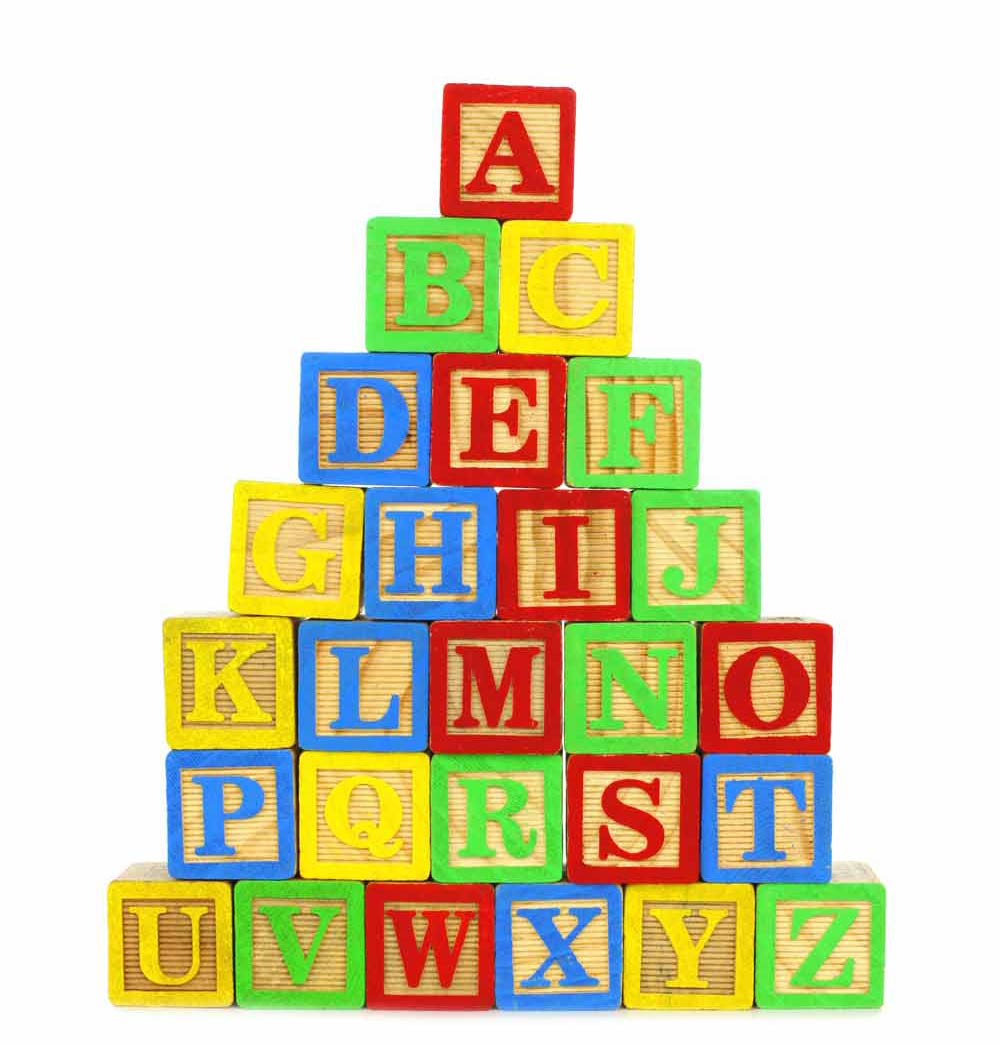 Built into the Preventing Academic Failure (PAF) reading curriculum is a handwriting program that incorporates a kinesthetic approach to instructing handwriting, but not just with a pencil in hand! SkyWriting is a way for students to use their whole body while learning the correct way to write a letter. The full body experience uses the body’s muscle memory to transfer that information to the brain, which in turn stores it for later use when a pencil is in hand.
Built into the Preventing Academic Failure (PAF) reading curriculum is a handwriting program that incorporates a kinesthetic approach to instructing handwriting, but not just with a pencil in hand! SkyWriting is a way for students to use their whole body while learning the correct way to write a letter. The full body experience uses the body’s muscle memory to transfer that information to the brain, which in turn stores it for later use when a pencil is in hand.
SkyWriting is done with an arm that is stretched out, fully locked, in front of the student. Fingers are also extended so that the energy flows fully from the body into the sky. The direction of each line is simulated by the teacher and the student mimics the arm motion that coincides with the letter being written. This whole body movement is also intertwined with the sound that the letter makes. Naming the letter by using the sound helps to cement the idea of how a letter is formed, both physically and audibly. Using this method to teach how to write the letter also gives the student the ability to recognize the letter when it is written on the page. PAF’s multisensory approach is well demonstrated during this exercise; integrating the visual, auditory, and kinesthetic aspects of handwriting into one lesson differentiates what is being taught to target the different learners in the classroom.
This method is an incredible approach to use with beginning writers as well as with students who are struggling with the handwriting process, regardless of age, to achieve success with handwriting as well as mastering phonemic awareness. The directionality of the letters is learned by the physical motion of the arm. The whole body feels the letter being created and it is engrained into the body through this exercise. The memorization of the letter and its corresponding sound comes from the repetition of motion by the body and by vocalizing the letter’s “name.”
In addition to using Skywriting to aid in the instruction of letter formation, it can also be leveraged during spelling instruction. Forming words with Skywriting can help one’s mind to memorize how letters fit together for correct spelling. It helps students to gain confidence with their spelling as they piece together, letter by letter, the words they are attempting to spell. The goal is to leverage movement and muscle memory as another means of reinforcing accurate spelling.
As an elementary reading teacher, I can attest that Skywriting takes some classroom management skills. First, the entire class must face front and give each other enough space to stretch out their writing arm in front of them. Planning for spaces on the rug or around the classroom is wise so that each student has ample space to do their writing. As the teacher faces the students, he or she must use the opposite hand and also mirror what the students are doing. This takes a little practice, but by doing this, you are showing the exact movement of each letter as they would write it. Turning letters or inverting them incorrectly could lead to bad habits formed by students who are following your lead. If your body crosses the midline to write a specific letter, for example, but a student’s does not, that could lead to confusion. Teachers are encouraged to first practice their letters in the mirror!
Click to learn more about our reading specialists or contact us.
Written by: Editorial Team, My Learning Springboard, Inc. I taught High School and Middle School for nine and a half years and I can safely say that the hardest part of the school year for students and teachers are the first days. This is when all of the routines are set up, all expectations are made clear, and when kids get their chance to make first impressions. A student who kept up with schoolwork over the summer has more advantages than you would expect.
I taught High School and Middle School for nine and a half years and I can safely say that the hardest part of the school year for students and teachers are the first days. This is when all of the routines are set up, all expectations are made clear, and when kids get their chance to make first impressions. A student who kept up with schoolwork over the summer has more advantages than you would expect. Parents are often anxious about their children’s reading skills before they even know all their letters. Preschools vary a great deal in the amount of structured early literacy instruction offered. Some preschools have structured, explicit “letter of the week” type activities and teach each letter in isolation. Other preschools offer a more play based approach–weaving letters and literacy into each activity organically. Regardless of approach, parents still worry about setting the groundwork for reading success in the future. What can parents do to prepare very young children to be successful readers?
Parents are often anxious about their children’s reading skills before they even know all their letters. Preschools vary a great deal in the amount of structured early literacy instruction offered. Some preschools have structured, explicit “letter of the week” type activities and teach each letter in isolation. Other preschools offer a more play based approach–weaving letters and literacy into each activity organically. Regardless of approach, parents still worry about setting the groundwork for reading success in the future. What can parents do to prepare very young children to be successful readers? As most teachers and parents have observed at some point, young children’s bodies can act in ways that are (drastically!) counter to what we think would be
As most teachers and parents have observed at some point, young children’s bodies can act in ways that are (drastically!) counter to what we think would be  So you’ve started
So you’ve started